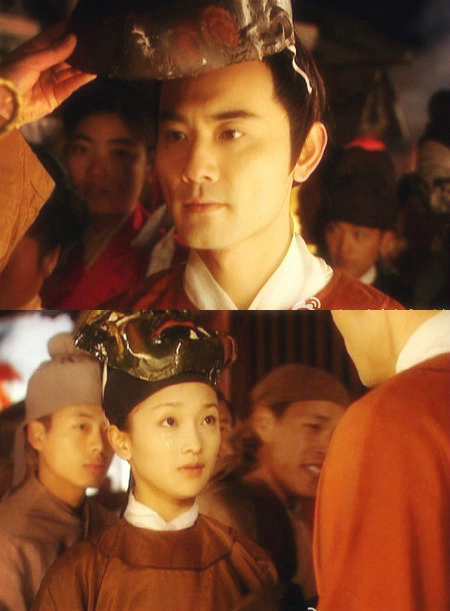
Two shots from the 2000 TV series Da Ming Gong Ci, featuring Princess Taiping's first accidental meeting with her future husband Xue Shao on the night of Lantern Festival in the Tang Dynasty. [Photo/Sina Weibo]
Lantern Festival, which was celebrated on Saturday this year, marked the final day of the Chinese Lunar New Year. It has been an important festival since the Western Han Dynasty (206BC-AD 24).
In ancient China, marriage was often decided by parents or even the government. During some periods, like the Jin Dynasty (265-420), marriage policies went to extremes. Single women had to get married by a certain age. If a female was still single at 17, there would be a forced marriage with local administrators' involvement.
However extreme policies to force people to get married were rare, and young people still had certain freedoms to get married with people they liked, rather than being completely manipulated by their parents or government. Ancient Chinese had milder ways to encourage people to find a spouse, such as fairs and meetings during festivals.
Lantern Festival is one of the festivals that provided ancient Chinese single young men and women a chance to meet and get to know each other. On the night of that day, unmarried men and women would meet at the flower fair and lantern-decorated street.
Romance often happened, although not all of these stories ended happily.
Ouyang Xiu, a famous poet from the Song Dynasty, depicted a woman's longing for the man she met during Lantern Festival in his poem Yuan Xi.
It goes like this: "Last lantern festival, the flowers fair, decorated with lights were daylight bright. We met after dusk when the moon rose behind willow trees. This year the moon and lanterns are still the same, yet you are not here anymore. I am sad, with tears shed on the sleeves of my spring coat."

Two visitors take a selfie at a lantern show on Lantern Festival in Hengshui, Hebei province, Feb 11, 2017. [Photo/Xinhua]
Other opportunities to find love
In the Spring and Autumn Period (770-476BC), there was an annual "Mid-Spring Meeting" on the third day of lunar March that provided unmarried people a chance to get to know each other.
In The Rites of Zhou (Zhou Li), a Chinese book on organizational and bureaucracy theory from the middle of the 2nd century BC, recorded that men and women who fell in love during this meeting can get married freely without their parents interfering.
On this day, unmarried females who often stayed at home would come out and had fun near the river bank. Each single man would let his cup of wine run down from the upper reaches of the river. And the woman had to take the wine if a cup stopped before her. Once she and the cup's owner were satisfied with each other, they would have free communication later.
Marriages in ancient China and official matchmakers
As early as the Zhou Dynasty (c.11th century-256BC), officials in charge of people's marriages were common. The Rites of Zhou recorded the creation of this position of managing people's marriages. During the Three Kingdoms (220-280), Southern frontiers in China that were still behind in civilization had official matchmakers as well.
The traditional complicated engagement processes were also simplified by the policies of the Tang (618-907) and Song (960-1279) dynasties, to encourage more people to get married quickly. Official matchmakers became more professional, especially appointed by the government with certifications later in the Yuan Dynasty (1271-1368). And in the Qing Dynasty (1644-1911), there were many such matchmakers in Xinjiang where large numbers of male criminals and farmers were sent for land reclamation. And to make them settle down, official matchmakers would help the singles find spouses. Yet not all of them were lucky enough to marry due to the small number of women in the area.
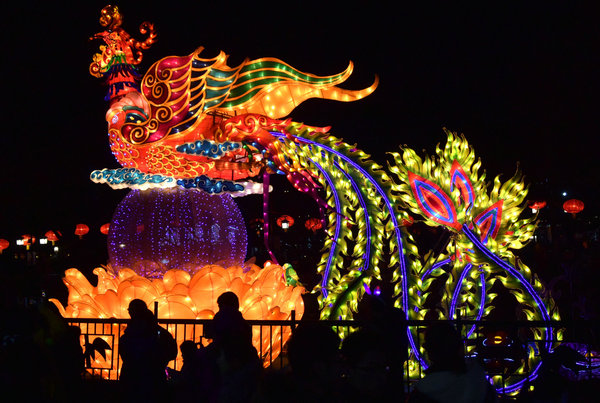
A lantern show on Lantern Festival in Jinan, Shandong province, Feb 11, 2017. [Photo/Xinhua]
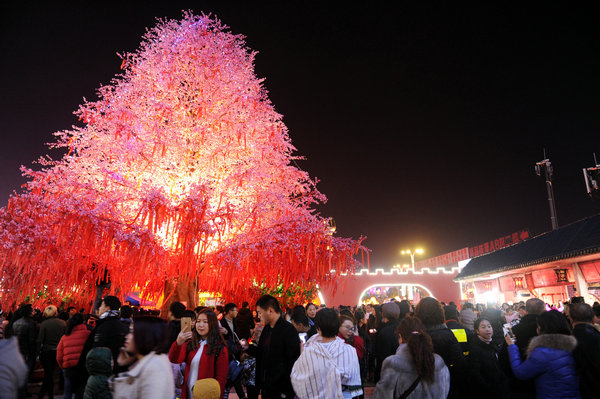
A lantern show on Lantern Festival in Guiyang, Guizhou province, Feb 11, 2017. [Photo/Xinhua]
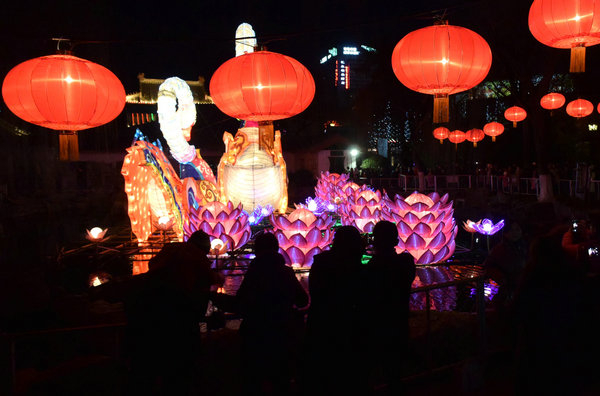
Visitors take photos of lanterns on Lantern Festival in Jinan, Shandong province, Feb 11, 2017. [Photo/Xinhua]
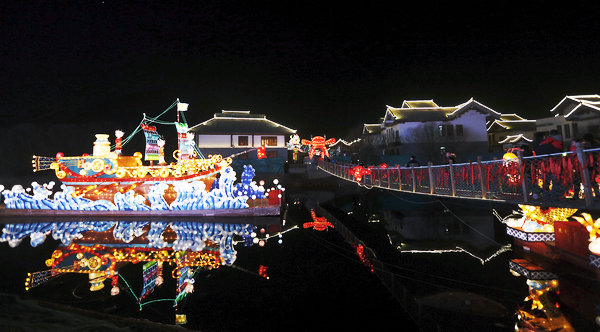
A lantern show on Lantern Festival in Hengshui, Hebei province, Feb 11, 2017. [Photo/Xinhua]

